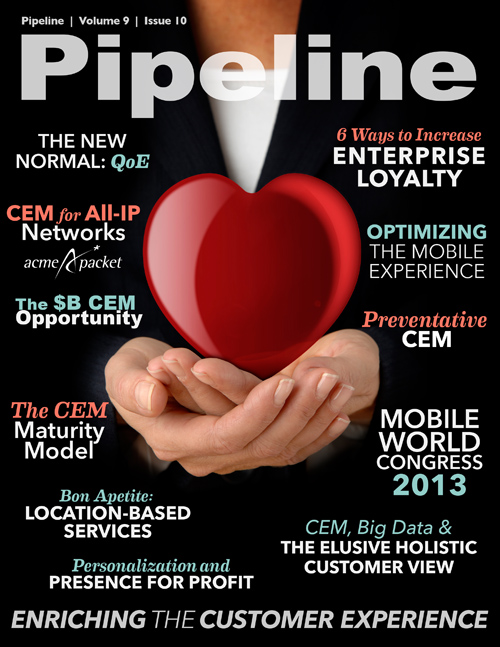Customers Are Hungry for Location-Based Services
Location-based targeting has also moved beyond pinpointing foot traffic in a given neighborhood. Sense Networks was able to drill down and only spend money on impressions for customers who fit Quiznos’s specific demographics. Campaigns also increasingly use geofencing to drill down to customers within a specific radius of a store or even ones shopping within a given section of a store. The larger implication is that advertisers won’t waste even a single impression on a customer who isn’t in a prime location to buy.
Last month Verve Mobile, one of the global leaders in LBA, released a report citing the more than 2,500 mobile advertising campaigns it conducted in 2012, and noted that only 17 percent of its campaigns were geofenced or geo-aware in 2011, as opposed to 36 percent last year. Location-aware campaigns were also twice as effective.
NFC and mobile money
In general, technology isn’t overtly sexy. But those Samsung Galaxy S III commercials in which a wife bumps phones with her husband to present him with a dirty video she made are about the most suggestive — and effective — demonstration of NFC, or near-field communication, imaginable.
NFC isn’t just a fun way to share spicy videos. For example, Isis, a joint venture between AT&T, T-Mobile and Verizon, uses it for financial transactions; trials began in Salt Lake City, Utah, and Austin, Texas, last September and have met with positive results. Google Wallet is also fighting for mobile-money market share, but it’s Starbucks, surprisingly, that seems to be breathing the most life into this new technology in the early months of 2013.“Our Starbucks card is more popular than ever today, accounting for 25 percent of US tender,” said chief executive Howard Schultz on a January 24 earnings call, “and an increasing portion of Starbucks card transactions and sales are being paid by using our mobile payment apps, with mobile payments now accounting for nearly 20 percent of overall card transactions. Over seven million customers now use one of our mobile payment apps, translating into 2.1 million mobile payment transactions each week, with hundreds of thousands of additional Starbucks mobile-app downloads each week.”
While there’s nothing technologically spectacular about the company’s mobile app, its customer uptake figures should indicate that consumers are finally ready to use their phones as wallets.
Location-aware content
Berg Insight noted in February that mobile operators’ “central role in the LBS ecosystem is now being challenged by the smartphone ecosystems that bundle key [services] and give developers access to location data and distribution channels in the form of on-device app stores.” As a result, operators are showing renewed interest in supplying network-based, bulk location data for advertising and analytics as well as new services such as secure authentication and fraud management.





















